Our History
From the discovery of germs to the invention of the bionic ear, we have been at the centre of medical life in Australia for almost 150 years. The School of Medicine was founded in 1862, in the face of strong opposition and without its first Professor, George Halford, who did not arrive until the following year. Although armed with impeccable testimonials, for many years he had to make do with inadequate conditions, teaching few students, indeed he conducted the first dissection in the back shed of his Carlton home in 1863. From these humble beginnings, by Federation in 1901, we had become the Faculty of Medicine and were well on the way to dominating health and medicine in Victoria, also training many Western Australians, Queenslanders and Tasmanians in this period.
Along with educating the doctors of the nation, we were a leading institution in Australian intellectual and public life throughout the twentieth century. The Medical School's foundation had coincided with the biomedical revolution in Western medicine and we have played an important part in the innovations and research, both in the laboratory and the clinic.
In 1989 we began the expansion into other areas of health science practice and research which has made us the largest educational institution for health professionals in Australia, when the university's Faculty of Dental Science amalgamated with Medicine to become the Faculty of Medicine and Dentistry. This expansion continued with the inclusion of Physiotherapy, Psychology and Nursing.
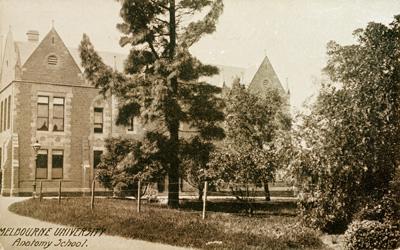
In 2001 we established Australia's first School of Population Health, a landmark in the development of inter-collegiate study and research, and the following year, the School of Rural Health, a strategy aimed at addressing the crisis in rural health throughout the nation.
The most recent additions to our stable of expertise are Social Work and Global Health and Psychological Sciences. Social Work moved from the Faculty of Arts and the Nossal Institute for Global Health was established to build on the programs and resources of the Australian International Health Institute.
As a leader in innovation, we have also attracted a large number of world class research institutions to our immediate vicinity, thus making the Parkville biomedical precinct known across the globe - all beginning with one Professor and three students.
Ross L Jones, author Humanity's Mirror: 150 Years of Anatomy in Melbourne

The Medical History Museum
The Medical History Museum is a free museum for those inquisitive about medicine's contribution to scientific discovery and community well being. Explore, inquire and enjoy the social history of medicine and its role in society through a diverse exhibition program. Visit the nineteenth century Savory and Moore Pharmacy complete with pharmaceutical jars and equipment.
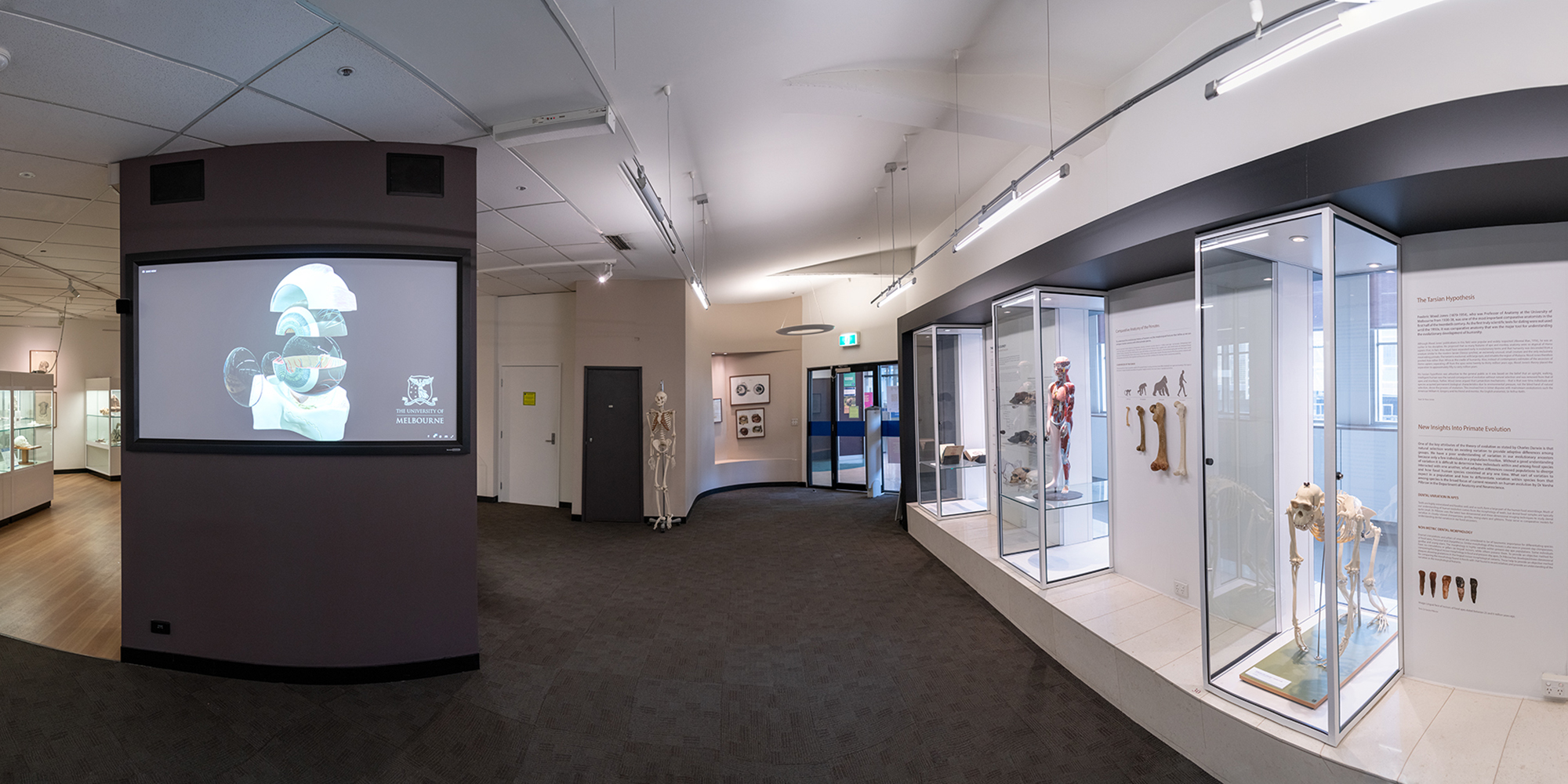
Harry Brookes Allen Museum of Anatomy and Pathology
Harry Brookes Allen Museum of Anatomy and Pathology is one of Australia's largest collections of real human tissue specimens and historical anatomical models, offering students and researchers a unique insight into the human body.
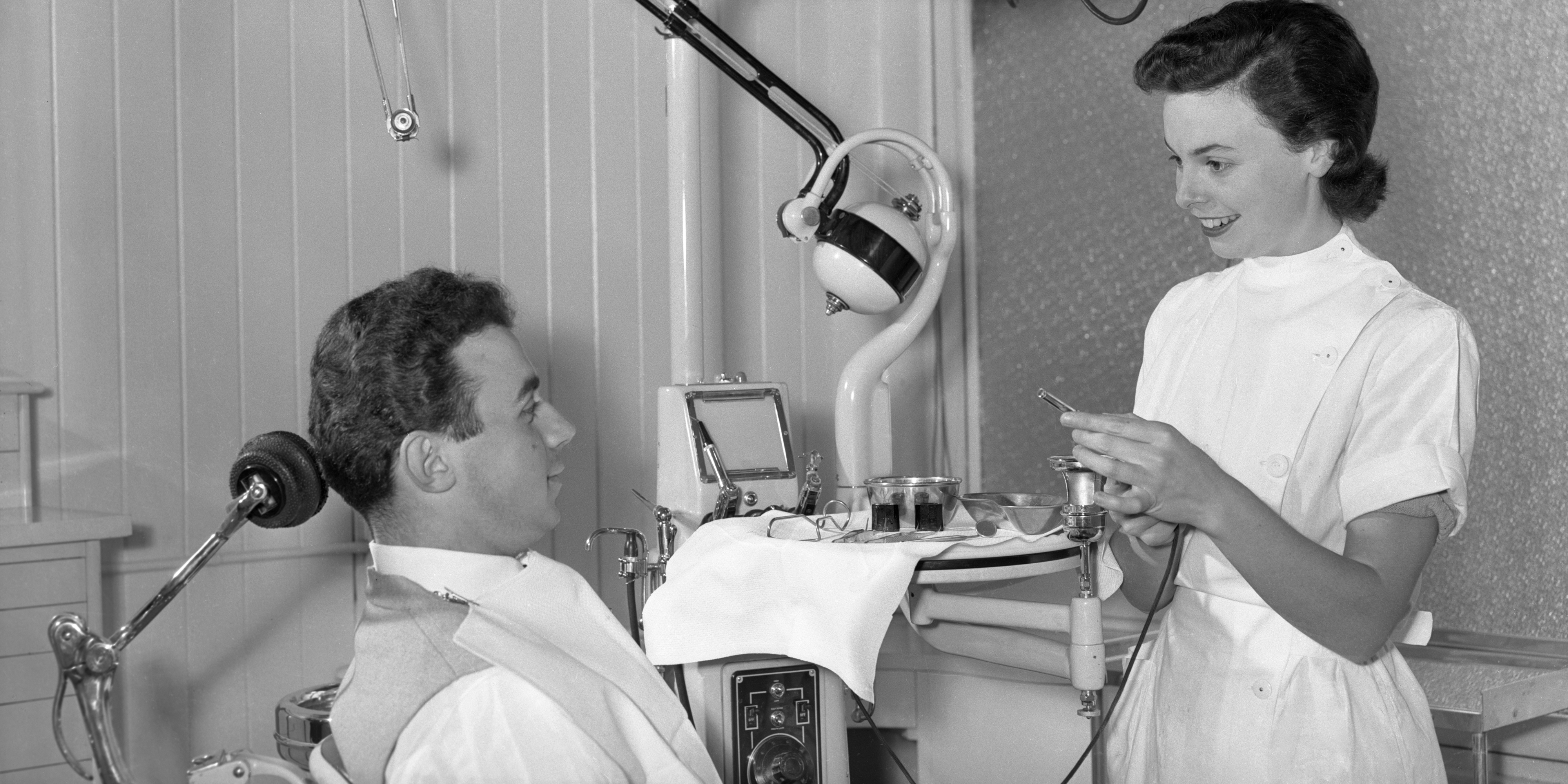
Henry Forman Atkinson Dental Museum
The Henry Forman Atkinson Dental Museum is unique in Australia for its age and comprehensiveness and its ability to provide insights into the social history of health, the history and development of the dental profession, and the history and development of dental education in Victoria.
It aims to inspire, engage and educate audiences about the changes that have taken place in dentistry from the mid-1800s, when unregulated practice was widespread, through numerous developments to the eventual establishment of the Australian College of Dentistry in 1897 and the emergence of an organized, qualified profession.
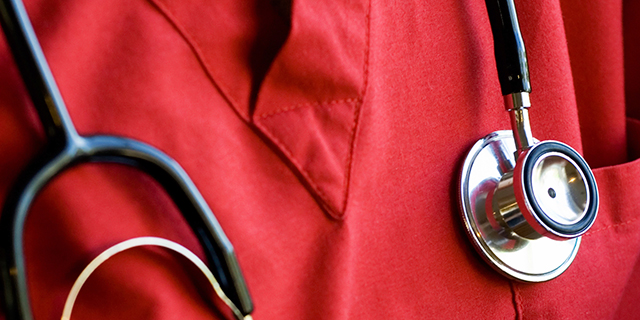
Witness to the History of Australian Medicine
Annotated transcripts from the Australian Witness program of seminars reflecting on the work of practitioners in significant areas of medical or scientific research, clinical practice and public health.
An exercise in peer-reviewed oral history, and a means by which the recollections of witnesses can be stimulated and the drama of their work relived.
| The Dean's Profile | Image |
|---|---|
George Britton Halford George Halford was appointed head of the medical school at the University of Melbourne in 1862 and its first appointee to the Chair of Anatomy, Physiology and Pathology. The medical school was the first in the southern dominions of the British Empire to provide medical training and conduct examinations. | |
Harry Brookes Allen In 1880 while in his mid-twenties, University of Melbourne medical graduate and lecturer in anatomy and pathology, Harry Allen, was appointed Acting Dean of medicine while the Dean, George Halford, was in England. On Halford's return, the pair worked on a plan to divide the Department of Anatomy, Physiology and Pathology into two departments (Physiology, and Descriptive and Surgical Anatomy and Pathology). In 1882 Allen was given the title, Professor of Descriptive and Surgical Anatomy and Pathology leaving Halford with his first love, physiology. | |
Richard James Arthur Berry Live-wire, 'Dicky' Berry, was appointed Professor of Anatomy at the University of Melbourne in 1906, remaining in the position until 1929. Dean from 1925 to 1927 and in 1929, Berry oversaw several major building projects and strongly supported the move of the Melbourne Hospital from central Melbourne to its current location in Parkville. He was active in medical circles and public affairs, a proponent of "the biological basis of mind" and advocated eugenic measures to improve humanity. | |
William Alexander Osborne Dean William Alexander Osborne was a man of many parts, much admired for his breadth of knowledge and wide-ranging abilities, but also disliked for his cutting tongue, derogatory attitude to certain races, and eugenicist ideas. As an administrator and organiser he was well regarded and gave leadership in numerous revisions to the medical curriculum, in building renovations and in negotiatiations that eventually saw the medical buildings moved from the east to the south-west of the campus. | |
Peter MacCallum Scottish-born and largely Scottish-trained Peter MacCallum was appointed Professor of Pathology at the University of Melbourne in 1925, succeeding Sir Harry Allan. He remained in the post until retiring in 1950 and was duly elected Professor Emeritus. He was Director of Clinical Studies for several years and Chairman of the College of Dentistry for over two decades. He was also influential in establishing professorial chairs in surgery and medicine at the University of Melbourne. After retiring in 1950 he continued his involvement with the University, serving as Convocation's representative on Council, a position he held until 1961. | 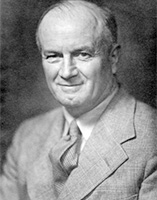 |
Robert Marshall Allan Robert Marshall Allan was held in high regard both as a teacher and an administrator and was appointed Dean of Medicine for 1944 and 1945. He was described as "a man of fresh ideas, good opinions, and most important of all, he was a splendid and impressive teacher, who at all times would discuss a subject fully and quietly but firmly with the students, nurse or graduate in an endeavour to bring out the best in his auditors and to give them a confidence in their own ability to do good and useful works." | |
Roy Douglas Wright Roy Douglas Wright was Professor of Physiology at the University of Melbourne from 1939 to 1971. At different times in his career he was Dean of the Faculties of Medicine (1946, 1950-1952) and of Veterinary Science (1945-1962). He played an important part in the establishment of the Howard Florey Institute of Experimental Physiology and Medicine at the University of Melbourne, as well as in the development of many other institutions including the Australian National University, the Cancer Institute/Peter MacCallum Clinic and the Australian Kidney Foundation. | |
Sydney Sunderland During his time as Dean, Sydney Sunderland was an important influence on the development of the complex of medical buildings at the corner of Grattan St. and Royal Parade, Parkville in the 1960s. He also oversaw the establishment of clinical sciences buildings at the major teaching hospitals, the establishment of a Clinical School at the Austin Hospital, and an increased provision for professorial positions within the Faculty of Medicine. | |
Sydney Lance Townsend Lance Townsend was appointed University of Melbourne Professor of Obstetrics and Gynaecology in 1951, retaining the position until 1977. From 1971 to 1977 he was also Dean of the Faculty of Medicine. In 1978 he was appointed Assistant Vice-Chancellor of the University. | |
David Geoffrey Penington After starting his medical studies at the University of Melbourne in 1948, David Penington won an Oxford Dominions Clinical Scholarship which enabled him to study at Oxford University. On returning to Melbourne in 1968, he was appointed First Assistant in the University of Melbourne Department of Medicine at St Vincent's Hospital. Further promotion followed in 1970 when he was appointed the University's Professor of Medicine at St Vincent's. He continued in the post until 1987, combining it with the role of Dean of the Faculty of Medicine from 1978 to 1985. From 1988 to 1995 he served as the University's Vice-Chancellor. | |
Graeme Bruce Ryan Graeme Ryan had a long and close relationship with medicine at the University of Melbourne from the 1950s, when he started his medical training, to the 1990s when he completed a lengthy period of service as Dean. He was subsequently accorded the title Professor Emeritus. | |
Gordon James Aitken Clunie Gordon Clunie was appointed University of Melbourne Professor of Surgery at the Royal Melbourne Hospital and Chairman of the Department of Surgery in 1978. He resigned in 1995 to take up an appointment as Dean of the Faculty of Medicine, Dentistry and Health Sciences at the University of Melbourne. He retired in 1997 and the following year was elected Emeritus Professor of Surgery. | |
Richard Graeme Larkins Richard Larkins' connection with medicine at the University of Melbourne spanned four decades, including medical training, Stewart Professor of Medicine at the Royal Melbourne Hospital (1984-97) and Dean of the Faculty of Medicine, Dentistry and Health Sciences (1998-2003). During that time, he excelled in patient care, research and medical education. | |
James Alexander Angus James Angus joined the University of Melbourne in 1993 when he was appointed to the Chair of Pharmacology and Head of the University of Melbourne Department of Pharmacology, positions he held for a decade before further promotion. In 2002 and 2003 he was appointed Acting Head of the University's Department of Pathology and Deputy Dean of the Faculty of Medicine, Dentistry and Health Sciences. In 2003 he was appointed Dean of the Faculty. | 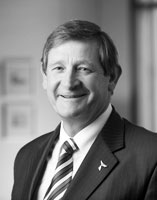 |
Stephen Kevin Smith Before taking up the deanship of the Faculty of Medicine, Dentistry and Health Sciences, Professor Stephen Smith was Vice-President (Research) at Nanyang Technological University (NTU) in Singapore, and founding Dean of the Lee Kong Chian School of Medicine, a joint initiative of NTU and Imperial College, London. Prior to this, as Principal of the Faculty of Medicine at Imperial College London he led the establishment of the first Academic Health Science Centre in the UK. The Centre's innovative approach to integrating research, education and clinical services led the way for the establishment of other centres across the UK. He holds an MBBS, MD and DSc from the University of London and an MA from the University of Cambridge. A gynaecologist by training, he also served the University of Cambridge as Professor of Obstetrics and Gynaecology and Head of the Department of Obstetrics and Gynaecology, as the Clinical Director, Women's Services, at Addenbrooke's Hospital National Health Service Trust, and as Executive Dean of the Faculty of Medicine, Dentistry and Nursing at the University of Glasgow. | 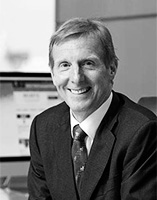 |
Mark Hargreaves Mark Hargreaves, Professor of Physiology at The University of Melbourne, led the Faculty of MDHS from December 2015 to October 2016. He achieved a lot during his short tenure before returning to a leadership role within Chancellery. Previous leadership roles at The University of Melbourne include Head of the Department of Physiology, Program Director, Bachelor of Biomedicine and Pro Vice-Chancellor, Research Partnerships. Prior to his appointment as Professor of Physiology in 2005, he was Professor of Exercise Physiology at Deakin University and was the inaugural Head of the Schools of Health Sciences and Exercise & Nutrition Sciences. He has BSc (Physiology) and PhD (Physiology) degrees from The University of Melbourne and an MA (Exercise Physiology) from Ball State University (USA). His research and teaching interests focus on the physiological and metabolic responses to acute and chronic exercise, with an emphasis on carbohydrate metabolism. | 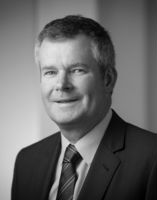 |
Shitij Kapur 2016-2021 Professor Shitij Kapur commenced as Dean of MDHS and Assistant Vice-Chancellor (Health) in October 2016. He is a clinician-scientist with expertise in psychiatry, neuroscience and brain imaging. He trained as a Psychiatrist at the University of Pittsburgh, and undertook a PhD and Fellowship at the University of Toronto. He is a Diplomate of the American Board of Psychiatry and Neurology, similarly Board Certified in Canada and has a specialist medical license in the United Kingdom. His former position was Executive Dean Institute of Psychiatry, Psychology and Neuroscience (loPPN). The 'Institute', also known as the 'the Maudsley', is Europe's largest and leading centre for mental health research established as the Maudsley Hospital in 1923. Prior to this role, he was Vice-President (Research) for the Centre for Addiction and Mental Health (CAMH) Toronto, a large hospital and university affiliated research institute, and Canada's premier centre for research into mental health and addictions. In 2007, he was recruited to lead the Institute of Psychiatry (IoP) at King's College London, and after a spell as Vice-Dean Research assumed the role of Dean in 2010. | 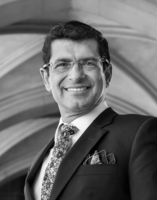 |
Jane Gunn 2021-present Professor Jane Gunn is a distinguished academic general practitioner and inaugural Chair of Primary Care Research at The University of Melbourne. Her trailblazing research has raised the profile and rigour of primary care research in Australia. Jane commenced as Dean of MDHS in 2021 and was previously its Deputy Dean. Prior to that, Jane was the head of the Faculty’s Department of General Practice for a decade and Deputy Head of the Melbourne Medical School for two years. Since beginning her academic career Jane has traversed the research-practice gap. She has played key leadership roles in reforming healthcare beginning with her work in shared maternity care (1992-2003) and cervical screening programs (1999-2006). Her research into the complex interplay between mental and physical health led to her appointment as Inaugural Visiting Professor to the Scottish School of Primary Care (2009-2012). Her Diamond Cohort Study established one of the largest and longest running studies of people experiencing depressive symptoms in primary care and enabled better management of those at risk of persistent and disabling depression. This flagship research project has been funded continuously via NHMRC Project Grants and was featured in their 2021 10 of the Best showcase. In 2016 she was elected a Fellow of the Australian Academy of Health and Medical Sciences in recognition of her outstanding leadership in health and medical research. In February 2020 Jane became the Chief Public Health Advisor for the University of Melbourne and was instrumental in steering its public health response to COVID-19. | 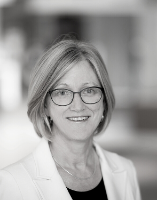 |